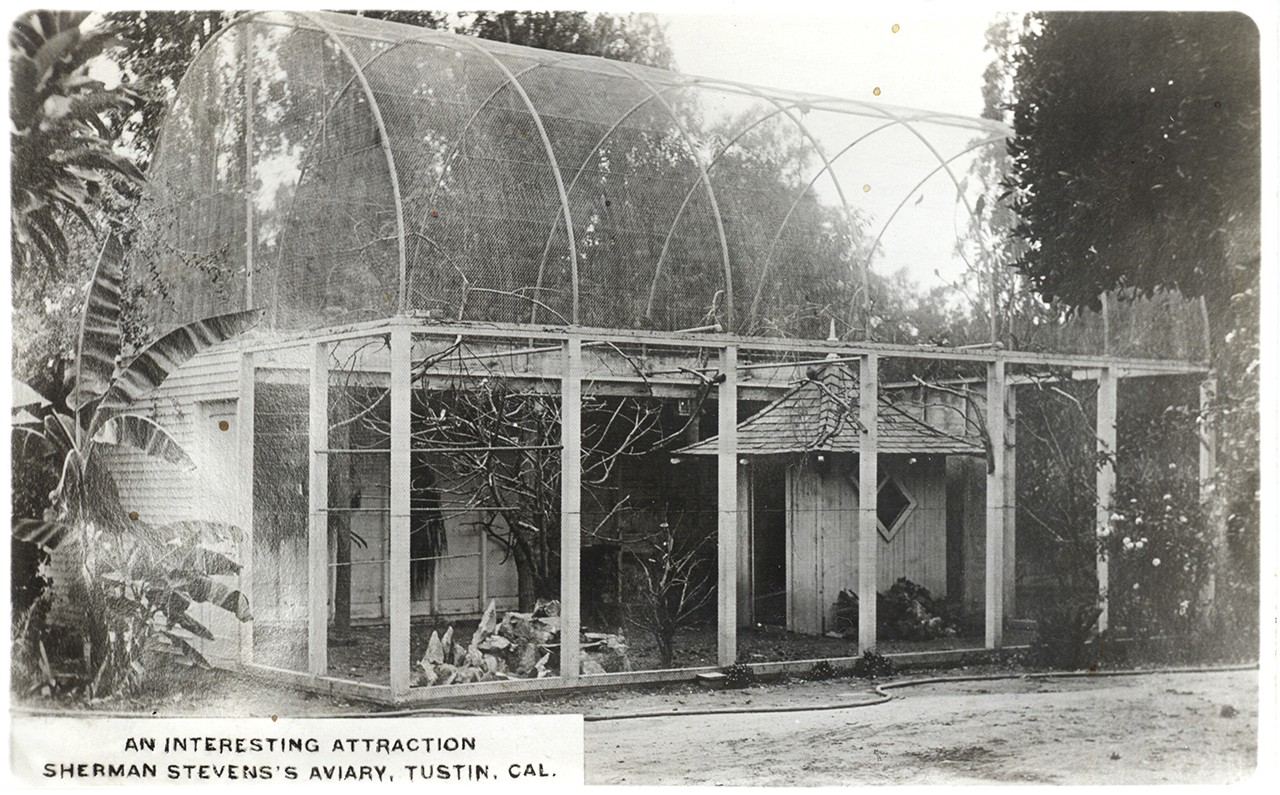2002 North Main Street
Santa Ana, California 92706
TEL: 714.567.3600
Sonorous Spring: Birds of the Bowers
 |
|
| Detail of 86.47.10 Gift of Junius & Angeline Holte |
Detail of Brocade Worn by Madame Modjeska (5002G) Gift of Myrtle Blakeslee |
Your First Carson
It is a rare history of Earth Day that does not at some point mention Rachel Carson’s Silent Spring. Though the first day dedicated to restoring the environment—held on April 22, 1970—coalesced from many underpinning factors, the threat that we may never again hear the chittering of birds was a crucial impetus to the global environmental movement. In this blog post we celebrate the continued existence of our feathered friends by looking at some of the many Bowers objects which feature birds as a motif or subject—somehow this feels like a better homage than a post with all the artifacts in our collection made out of birds themselves.
 |
| Dance Adze, 1930-1939 Yangoru Boiken people; Prince Alexander Mountains, East Sepik Province, Papua New Guinea, Melanesia, Oceania Wood; 32 3/4 x 10 3/8 x 3 3/8 in. 2009.5.9 Bowers Museum Purchase |
Duet
Generally composed of a wood haft and a stone or, more recently, metal head, adzes have been used to work wood and till soil since prehistoric times. It might strike some as strange then that this piece is made entirely of wood and that is does not have even a single blade. Among the Yangoru Boiken of Papua New Guinea, adzes are used as prestige objects which would be slung over the shoulders of important men during ceremonies or public speeches. Examples tipped with one bird and one blade rather than the two opposing birds seen here show how this object might have transitioned from a partially utilitarian to a purely ornamental object. Among the Boiken, different birds are used as totems by various clans.
 |
| Chief's Crown, 20th Century Yoruba people; Nigeria Fabric, gold, shell and bead; 11 1/2 x 7 in. F74.12.10 Bowers Museum Foundation Acquisition Fund Purchase |
Beads of a Feather
According to a legend of the Yoruba culture of western Africa, Oduduwa, the creator and first ruler sent his sixteen sons afar to establish sixteen separate kingdoms. He gave each son a beaded crown. For this reason, even to this day, Yoruba kings wear a beaded crown signifying the transference of legitimate power from their founding ancestors. The birds depicted in multicolored European trade beads are far from ornamental. They symbolize a divine force bestowed to the king in part by a council of female elders called áshe. It is through this nurturing and destructive power that the king punishes evil doers and earns the right to lead his people.
 |
| Bandolier Bag, late 19th to early 20th Century Ojibwe culture; Great Lakes region Leather and glass beads; 9 1/2 x 9 x 4 in. 86.47.10 Gift of Junius & Angeline Holte |
Chippewa Chirpers
The Ojibwe culture of North America’s Great Lakes region fashioned leather pouches which were fully beaded on their fronts. Traditionally called bandolier bags, this piece is referred to as such somewhat ironically because its beaded leather strap—the derivation of the name—has been removed. Though these bags were originally decorated with porcupine quills and replicated bags which European soldiers used to carry ammunition for their rifles, around the middle of the 19th Century the Ojibwe began to create intricate examples with glass beads acquired in trade for daily use. The resulting objects had highly intricate designs, to the degree to which they became prestige objects for men. Most of the motifs on these bags are floral, but rare examples feature birds and other animals.
 |
| Rank Insignia (Buzi), 19th to early 20th Century China Silk and gold-wrapped thread 2007.1.46 From the collection of Fyle Edberg and Paul Foote, gift of Helen Jahnke |
Cooler Than a Laminate
Buzi are rank insignias which were worn by officials of China’s Ming and Qing dynasties. These embroidered panels, about a foot square, would be attached to the front and back of a robe with a split embroidery used on the front. Not every rank insignia included birds, but due to the prestigious status held by many species of birds in China, they often did embellish rank insignias. The above features a silver pheasant and was the fifth rank of late Qing dynasty civil officials. We can see that the embroidery is rife with symbols of good fortune such as bats—the Mandarin character for which is a homophone for prosperity—and the eight auspicious symbols of Buddhism.
 |
| An Interesting Attraction: Sherman Stevens's Aviary, Tustin, Cal., 1904-1918 Unknown photographer; Tustin, California Paper and ink; 3 1/2 × 5 1/2 in. 35219.2 Mrs. Stella May Preble Nau Estate |
Interesting Attraction
There is no shortage of species available for bird watchers to feast their eyes on here in Orange County. Perhaps the most impressive of these are the many varieties of vibrantly colored parrot which we have. The same Sherman and Martha C. Stevens who donated an important collection of California plein air paintings to the Bowers Museum also happened to have a sizable aviary in their backyard which they made available to the public. Its primary draw: parrots brought back from the Stevens’ trips around the world.
In 1962 Rachel Carson wrote a book about a world that could be filled with naught but pollutants and a deafening silence. More than anything, the squawks that we still hear from parrots today show us that we have been able to reclaim some of our future from the industry of humanity’s own misguided past.
Text and images may be under copyright. Please contact Collection Department for permission to use. References are available on request. Information subject to change upon further research.

Comments